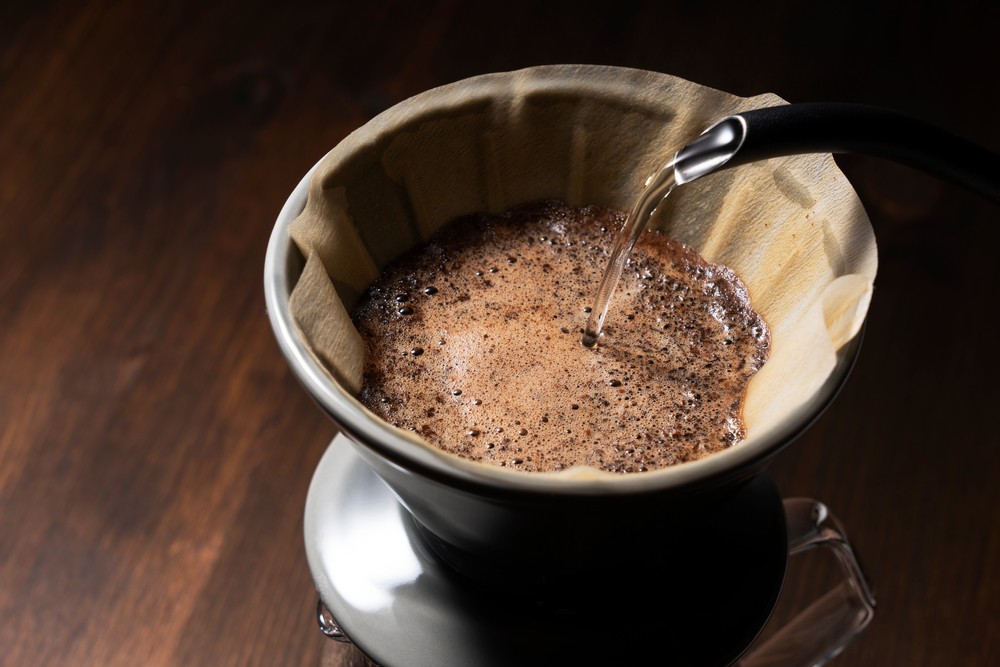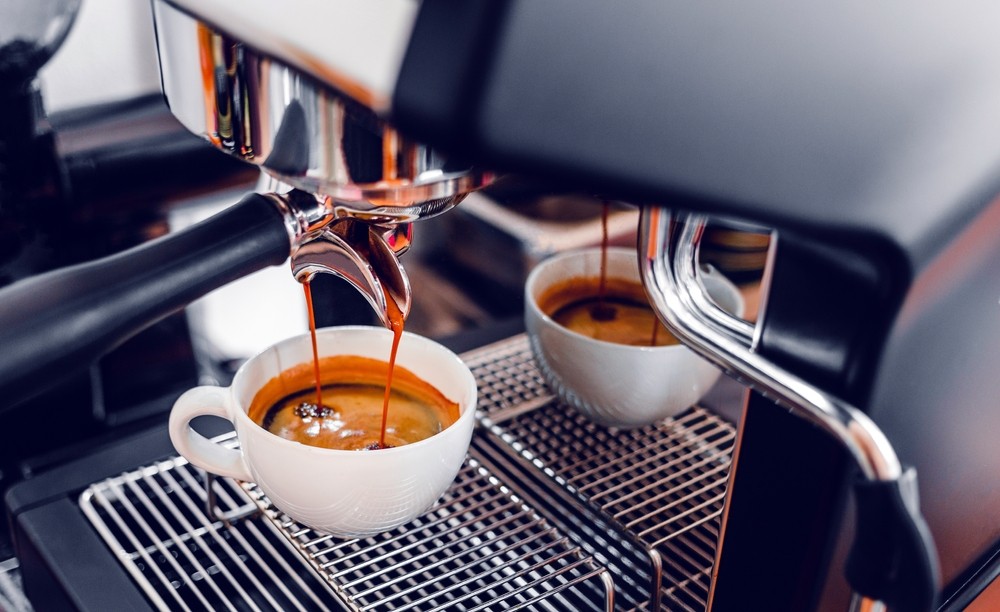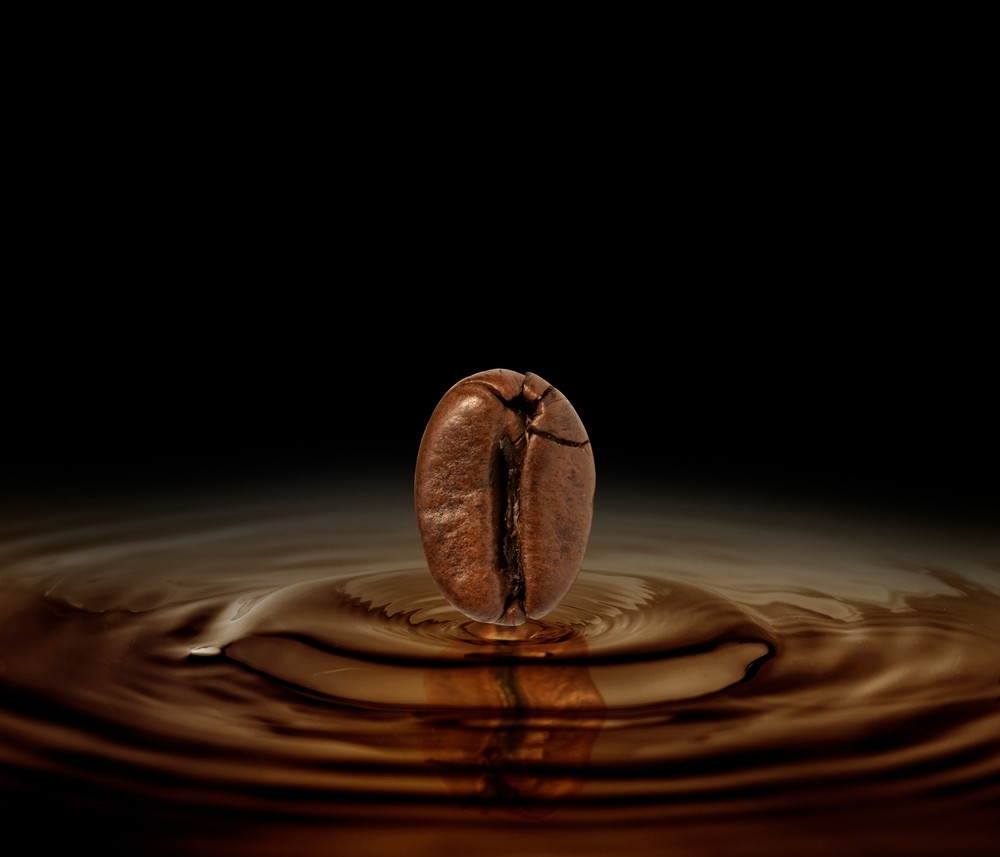
I explained the numerical indicators of roast degree in a previous article, but there are also numerical values that are referenced during extraction.
Particularly known are concentration = TDS and yield = EY.
In this article, we will explain these two numbers.
Particularly known are concentration = TDS and yield = EY.
In this article, we will explain these two numbers.
“TDS”, an indicator of concentration

First is "TDS", which indicates the density of a liquid. This is an abbreviation for Total Dissolved Solid, which means "total dissolved solids" in Japanese.
It is a value that indicates how much coffee component is contained in the extracted coffee liquid, and is expressed as a percentage (there are other ways to express it, but coffee is usually expressed as a percentage).
A densitometer is required to measure this value. Coffee concentration meters are sold by ATAGO and VST, so you will need to use them to measure it.
However, it is said that it is better to use the densitometer as a guideline, as the values may vary depending on individual differences and liquid temperature.
TDS is a concentration, and the higher the value, the stronger the taste and the heavier the texture.
On the other hand, if it is too low, the taste and texture will be weak, and if it is too low, it will be watery.
Classic espresso is said to be 8 to 12%, and drip coffee is said to be in the low 1% range, so if you think about these numbers, it may be easier to imagine whether the concentration is strong or light.
It is a value that indicates how much coffee component is contained in the extracted coffee liquid, and is expressed as a percentage (there are other ways to express it, but coffee is usually expressed as a percentage).
A densitometer is required to measure this value. Coffee concentration meters are sold by ATAGO and VST, so you will need to use them to measure it.
However, it is said that it is better to use the densitometer as a guideline, as the values may vary depending on individual differences and liquid temperature.
TDS is a concentration, and the higher the value, the stronger the taste and the heavier the texture.
On the other hand, if it is too low, the taste and texture will be weak, and if it is too low, it will be watery.
Classic espresso is said to be 8 to 12%, and drip coffee is said to be in the low 1% range, so if you think about these numbers, it may be easier to imagine whether the concentration is strong or light.
Yield is a number indicating extraction efficiency

Next is yield, "EY". EY is an abbreviation for Extraction Yield, which indicates the percentage of ingredients dissolved in water from coffee grounds.
This is the rate of movement of components expressed as a percentage, and can be calculated if you know the TDS mentioned above.
The calculation formula is as follows.
This is the rate of movement of components expressed as a percentage, and can be calculated if you know the TDS mentioned above.
The calculation formula is as follows.
EY (%) = Volume of coffee extracted (g) x TDS (%) ÷ Coffee powder used (g)
For example, if 12g of coffee is brewed with 140cc of hot water, the finished product is 120cc, and the measured TDS is 1.5%, it will be calculated as 15%. This is the value of EY.
So, what kind of indicator is this EY used as? It is used as a guideline to judge whether there is over-extraction or under-extraction.
The higher the number, the higher the extraction efficiency, the more ingredients there are, and the more complex the taste.
If the temperature is too high, bitterness and miscellaneous flavors will dominate, resulting in "over-extraction."
On the other hand, if the value is low, the sweetness will decrease and the sourness will be strong, and if the sourness is dominant, it will be "unextracted".
However, there is no standard for determining whether over-extraction or under-extraction begins.
The SCA (Specialty Coffee Association) states that an EY value of 18 to 22% is "properly extracted," and that anything less than this indicates under-extraction, and anything greater than this indicates over-extraction. If the coffee doesn't taste good, it doesn't mean it's not brewed properly.
Roughly speaking, it is known that the components of coffee dissolve into water in the following order, and this difference in taste is based on this tendency.
So, what kind of indicator is this EY used as? It is used as a guideline to judge whether there is over-extraction or under-extraction.
The higher the number, the higher the extraction efficiency, the more ingredients there are, and the more complex the taste.
If the temperature is too high, bitterness and miscellaneous flavors will dominate, resulting in "over-extraction."
On the other hand, if the value is low, the sweetness will decrease and the sourness will be strong, and if the sourness is dominant, it will be "unextracted".
However, there is no standard for determining whether over-extraction or under-extraction begins.
The SCA (Specialty Coffee Association) states that an EY value of 18 to 22% is "properly extracted," and that anything less than this indicates under-extraction, and anything greater than this indicates over-extraction. If the coffee doesn't taste good, it doesn't mean it's not brewed properly.
Roughly speaking, it is known that the components of coffee dissolve into water in the following order, and this difference in taste is based on this tendency.
Sour component → sweet component → bitter component
In other words, if it is "unextracted", the sour components have moved into the water, but the sweet and bitter components have not been extracted yet, and if it is "overextracted", the sour, sweet, and bitter components have come out. However, it can be said that bitter components are the main component.
Use of each numerical value

Of the two numbers, "TDS" can represent the strength of taste and texture, but I think it is rarely used alone.
In reality, it is often used to calculate the value of "EY", which can express the judgment of overextraction/underextraction and the balance of taste.
There is no universally appropriate value for this EY value, so it is mainly used to compare two different coffees.
These objective numbers are extremely helpful in verifying differences due to brewing methods and differences in various conditions.
However, there are limits to what can be expressed with numbers alone, so sensory evaluations such as cupping may also be required.
So far, we have explained the values of TDS and EY.
The values change depending on temperature, extraction time, particle size, extraction method and procedure, so I would like to explain the factors that cause these changes in the future.
In reality, it is often used to calculate the value of "EY", which can express the judgment of overextraction/underextraction and the balance of taste.
There is no universally appropriate value for this EY value, so it is mainly used to compare two different coffees.
These objective numbers are extremely helpful in verifying differences due to brewing methods and differences in various conditions.
However, there are limits to what can be expressed with numbers alone, so sensory evaluations such as cupping may also be required.
So far, we have explained the values of TDS and EY.
The values change depending on temperature, extraction time, particle size, extraction method and procedure, so I would like to explain the factors that cause these changes in the future.
2023.10.10
CROWD ROASTER


